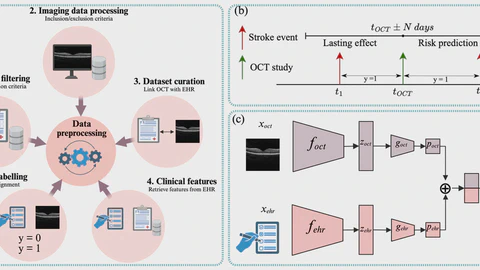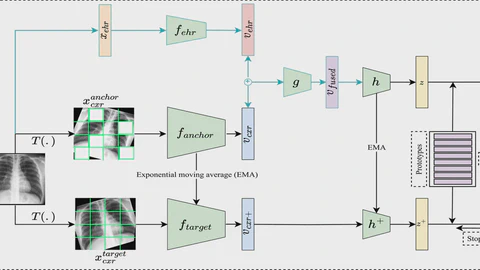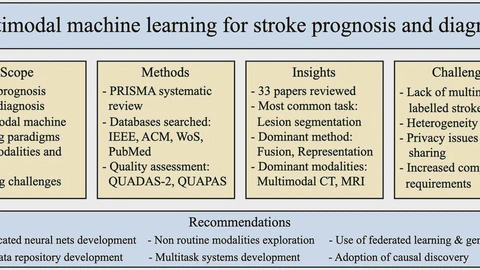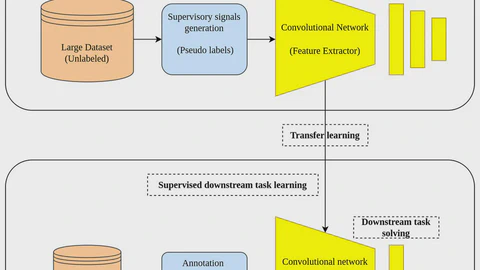Saeed A. Shurrab
(he/his/him)
PhD Candidate
Research Focus ✌🏻
Featured Publications
Recent Publications
(2025).
Multimodal Deep Learning for Stroke Prediction and Detection using Retinal Imaging and Clinical Data.
In EMBC.
(2025).
MedMod: Multimodal Benchmark for Medical Prediction Tasks with Electronic Health Records and Chest X-Ray Scans.
In CHIL.
(2024).
Multimodal masked siamese network improves chest X-ray representation learning.
Nature Scientific Reports.
Recent & Upcoming Talks
Recent News



